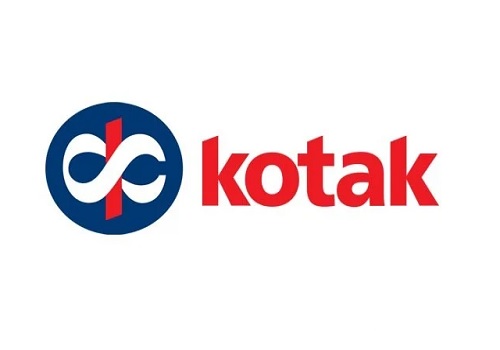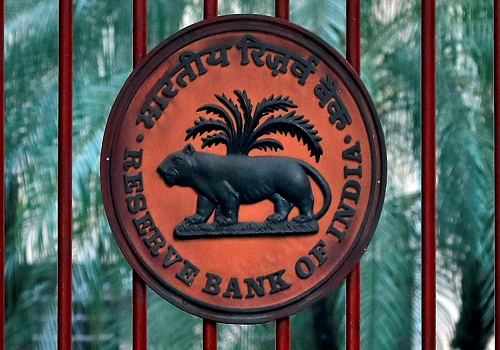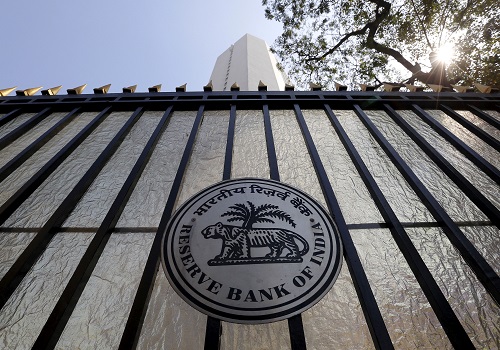Weaker exports widen trade deficit - Kotak Economic Research

Follow us Now on Telegram ! Get daily 10 - 12 important updates on Business, Finance and Investment. Join our Telegram Channel
Weaker exports widen trade deficit.
November trade deficit at US$23.3 bn surpassed the previous high of US$22.6 bn in September. The deficit widened mainly due to a sharper fall in exports than imports, possibly reflecting rising Covid cases in some of the key markets. Even as the trade deficit is likely to stay high in 2HFY22, we pencil in some moderation from current levels. We revise up our FY2022 CAD/GDP estimate to 1.6% with USD-INR in the range of 74.5-76.5 in the near term.
Exports register a sharp drop in November
Exports in November fell by 16.2% mom (27% growth yoy) to US$29.9 bn (October: US$35.7 bn) (see Exhibit 1). Non-oil exports also fell by 14.4% mom (18.3% growth yoy) at US$26.1 bn (see Exhibit 2). Compared to November 2019, exports were higher by 16.1% and non-oil exports by 18.9% (see Exhibit 3). After plateauing around US$33-35 bn over the past few months, exports dropped sharply possibly due to rising cases in Europe and other economies as well as supply shortages impeding order deliveries (see Exhibit 4). Top exports (over November 2020) were petroleum products (145%), plastic and linoleum (43%), cotton yarn/fabrics, made-ups, handloom products, etc. (41%). In 8MFY22, exports at US$263.7 bn increased by 52% over 8MFY21 and by 25% over 8MFY20 (see Exhibit 5).
Imports remain high even after the festive season
Imports in November increased by 57% to US$53.2 bn (October: US$55.4 bn) (see Exhibit 1). Non-oil imports remained high at US$38.5 bn (October: US$40.9 bn) reflecting strong domestic demand even as the festive season impact has faded away (see Exhibit 2). A slight fall in electronics imports to US$5.7 bn (October: US$6.8 bn) and gold imports to US$4.2 bn (October: US$5.1 bn) primarily contributed to lower non-oil imports though in absolute levels remained high (see Exhibit 3). Compared to November 2019, imports were 39% higher and non-oil imports were 40% higher. Imports have been increasing since the slight dip in May 2021 (see Exhibit 4). Top imports (over November 2020) were coal, coke, and briquettes (136%), petroleum crude and products (132%), and vegetable oils (79%). In 8MFY22, imports at US$382.9 bn increased by 76% over 8MFY21 and by 18% over 8MFY20 (see Exhibit 5). Trade deficit in November was at US$23.3 bn (October: US$19.7 bn) and US$119.1 bn in 8MFY22 (US$43.6 bn in 8MFY21 and US$113.4 bn in 8MFY20).
Revise up CAD/GDP to 1.6%; USD-INR likely range of 74.5-76.5 in the near term
The external sector will be subjected to risks arising from (1) a relatively wide trade deficit amid (a) normalizing economic activity, and (b) high commodity prices, (2) reversal of accommodative policies across major DMs, and (3) possible spread of Omicron variant and global vaccination pace. Policy divergences are expected to lend support to USD, especially as the Fed signals a faster taper and possibly earlier-than-expected rate hike, which could be headwind for EM-FX. We revise up our FY2022E CAD/GDP estimate to 1.6% (earlier 1.1%) assuming a monthly trade deficit of US$18-20 bn (earlier US$13-15 bn) and average crude price of US$75/bbl (see Exhibit 6). The risks to INR are skewed towards depreciation even as the RBI has a large FX reserve to combat any sudden and sharp depreciation. We maintain a USD-INR near-term range of 74.5- 76.5.
To Read Complete Report & Disclaimer Click Here
Above views are of the author and not of the website kindly read disclaimer










Tag News

Monthly Debt Market Update, September 2023: CareEdge Ratings













